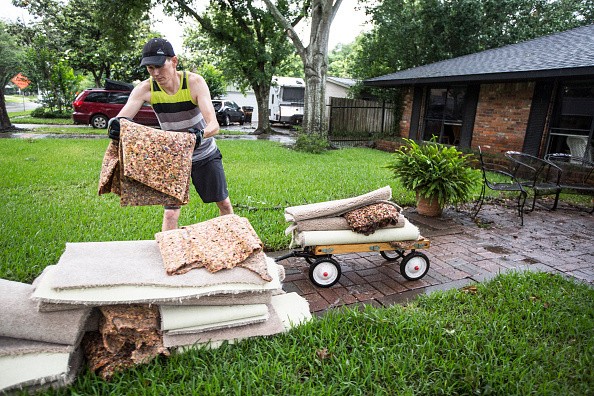
When there is a severe storm, and your home begins to flood, taking action quickly is crucial. Acting fast can make a big difference in minimizing the damage to your home and ensuring your house does not sustain long-lasting issues.
This guide outlined four actions to take if floodwaters hit your home during an intense storm.
Get to Safety
If you feel unsafe, evacuate immediately. If you are inside your home when it begins to flood, get out and find high ground. Above all, prioritize the safety of your family.
When you evacuate, try not to enter flooded areas unless you know it's safe. Flooded areas can hide many dangers, including debris or electrical hazards. Floodwaters are likely filled with wastewater and may contain dangerous chemicals from ground runoffs or spills.
Take Preventative Measures
Your local government will likely issue flood warnings before the storm comes. If you're living in an area with flood warnings, consider putting out sandbags. Also, secure any valuables and documents in waterproof or fireproof containers. If possible, have your documents scanned and stored on a cloud server.
Additionally, turn off your utilities, such as electricity and gas. This can help prevent a house fire.
Assess the Damage
Do not re-enter your home immediately after a storm. From the outside, inspect your house for any signs of structural damage. This could include cracks, sagging ceilings, and other visible damages.
Take photos and videos of every damage. You could also mark the flood water line with a measuring tape. Doing these can help you get reimbursement back from your insurance provider.
Dry out Your Home
Remove standing water when it is safe to enter your home. Consider hiring a professional water damage restoration service if there is extensive flooding. Also, open your windows and doors to promote airflow. You can also use fans and dehumidifiers to dry out affected areas and prevent mold growth.
When cleaning, start with hard surfaces, plastics, and metals. Do not clean sheetrock and drywall. These materials should be removed as they are porous surfaces. Water can easily spread on these materials and cause damage beyond the eye's sight.
© 2025 Realty Today All rights reserved. Do not reproduce without permission.



